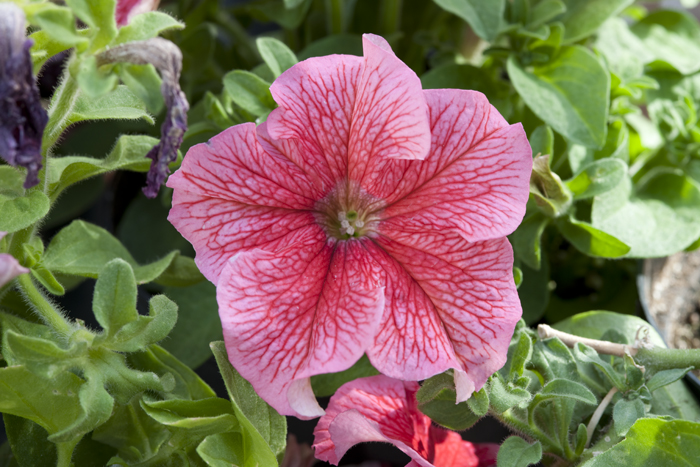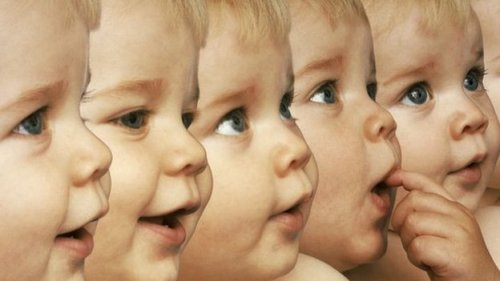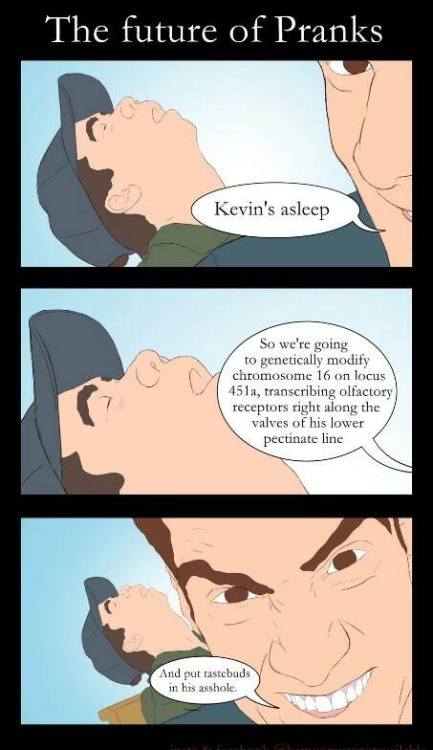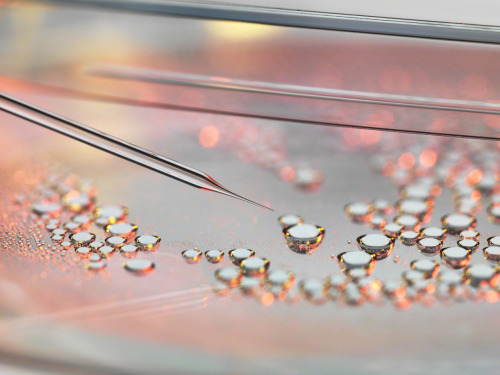#genetic engineering
‘Designer babies’ debate should start, scientists say-
Rapid progress in genetics is making “designer babies” more likely and society needs to be prepared, leading scientists have told the BBC. Dr Tony Perry, a pioneer in cloning, has announced precise DNA editing at the moment of conception in mice. He said huge advances in the past two years meant “designer babies” were no longer HG Wells territory. Other leading scientists and bioethicists argue it is time for a serious public debate on the issue. Designer babies - genetically modified for beauty, intelligence or to be free of disease - have long been a topic of science fiction. Dr Perry, who was part of the teams to clone the first mice and pigs, said the prospect was still fiction, but science was rapidly catching up to make elements of it possible. In the journal Scientific Reports, he details precisely editing the genome of mice at the point DNA from the sperm and egg come together. Dr Perry, who is based at the University of Bath, told the BBC: “We used a pair of molecular scissors and a molecular sat-nav that tells the scissors where to cut. “It is approaching 100% efficiency already, it’s a case of ‘you shoot you score’.”
Post link

Geoff Ryman: The Child Garden (1989)
Welcome to the postnormal: Genetically modified limes
Left, a lime with genes from red grapes. Center, a lime with genes from the blood orange. Right, a control.
Researchers at the University of Florida Citrus Research and Education Center have modified the genetic code of limes, making the fruit more resilient and healthier including a new paintwork.
[via popular science][read more] [Photo Courtesy of Manjul Dutt/UF/IFAS]
Post link
Blue-Eyed Me by Alexey Marfin
Fantastic seven-minute nearfuture scifi about technology lifecycles, their impact on socio-technological systems respectively customer interactions and hidden pacesetting infrastructures & industries.

This is the world of the 99-cent lifeform. Like a social media profile or an online shopping list tailored to our hobbies, we collect genetically modified pets, engineered to look like their owners.
Alexey is part of the Unknown Fields Division run by Liam Young and Kate Davies. A “a nomadic design research studio that ventures out on expeditions to the ends of the earth to bear witness to alternative worlds, alien landscapes, industrial ecologies and precarious wilderness.”
[read more at the creators project][Unknown Fields][Alexey Marfin] [film still by Alexey Marfin]
Revolutionary Rice
Feeding the world (and saving nature) in this populous century, Jane Langdale began, depends entirely on agricultural efficiency — the ability to turn a given amount of land and sunlight into ever more food. And that depends on three forms of efficiency in each crop plant: 1) interception efficiency (collecting sunlight); 2) conversion efficiency (turning sunlight into sugars and starch); and 3) partitioning efficiency (maximizing the edible part). Of these, after centuries of plant breeding, only conversion efficiency is far short of the theoretical maximum. Most photosynthesis (called “C3“) is low-grade, poisoning its own process by reacting with oxygen instead of carbon dioxide when environmental conditions are hot and dry.
Post link

i’m not sure if you’ve come across this or not, but the artist eduardo kac created a piece called ‘natural history of the enigma’ in wich he genetically engineered the flower to become a hybird of himself and his own dna - the red veins in the petals hold his dna. really interesting :) see eduardokac.org
Thanks! That doesn’t appear to be the correct website though. Readers, go here if you’d like to learn more about this:






